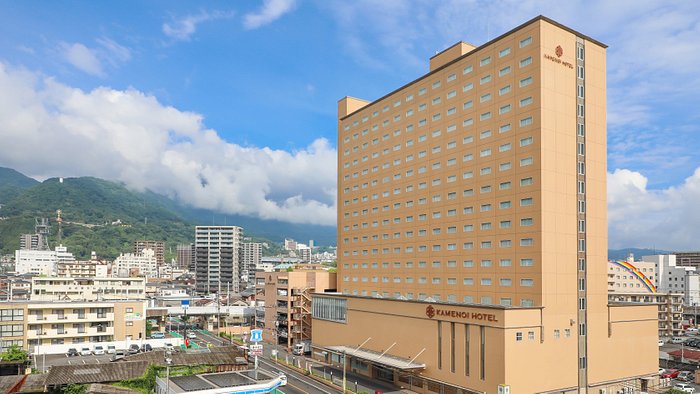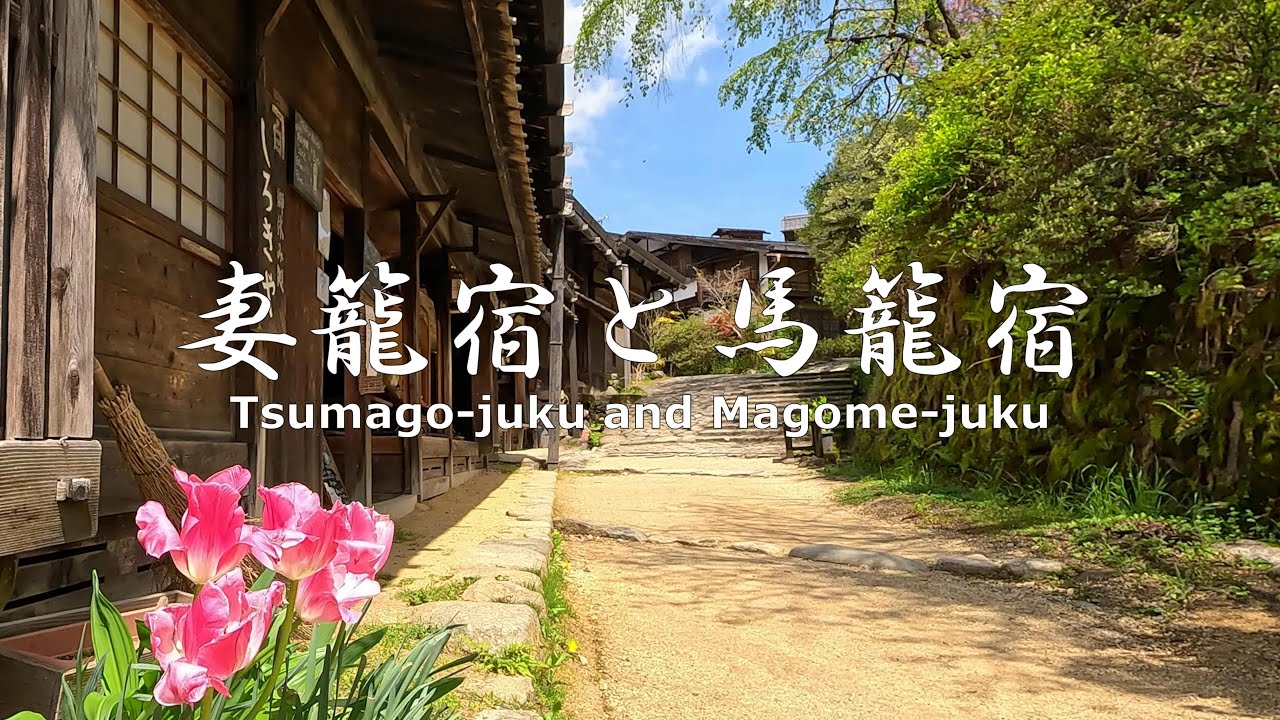If you’re a nature enthusiast and love walking, then the picturesque Tsumago-juku and Magome-juku are a must-visit destination in Japan. These towns offer an enchanting experience where you can stroll around and appreciate the beauty of blossoming flowers in 4K resolution without interruption. So, pack your bags, grab your camera, and get ready to embark on a scenic journey by foot through these Japanese villages.
Introduction
Japan is a country that is full of surprises, and its small towns never fail to disappoint tourists who visit them. Tsumago-juku and Magome-juku, two post towns in the Kiso Valley of Nagano Prefecture, are popular tourist destinations known for their breathtaking views, preserved Edo-period buildings, and the ancient Nakasendo road connecting Kyoto and Tokyo. Recently, one YouTuber visited these post towns while viewing flower peaches in Achi Village and captured the experience in a breathtaking 4K video. In this article, we will take a closer look at Tsumago-juku and Magome-juku post towns and provide an overview of the YouTuber’s experience.
Tsumago-juku and Magome-juku: Overview
Tsumago-juku and Magome-juku are former post towns that were once very important rest stops for travelers on the Nakasendo road. The Nakasendo road was the main route connecting Kyoto, the then capital of Japan, to Edo, now Tokyo, during the Edo period. The post towns are situated in the Kiso Valley and are separated by a 7.7 km path that traverses mountains and passes through ancient forests. Tsumago-juku and Magome-juku were crucial in providing lodging, food, and other necessary services to travelers who embarked on the arduous journey along the Nakasendo road.
Tsumago-juku
Tsumago-juku, located in the Nagiso town, is the only post town that is still perfectly preserved since the Edo period. The town is famous for its well-preserved wooden buildings, cobblestone streets, and traditional Japanese inns known as Ryokans. The town is tucked in a serene valley in the Kiso region and is home to over 50 preserved buildings that have been standing for over 300 years. Visitors can immerse themselves in local culture by participating in various activities such as tea ceremonies, sake brewing, and Japanese crafts.
Magome-juku
Magome-juku, situated in the city of Nakatsugawa, is a hilly post town that once flourished as a bustling transportation hub for travelers during the Edo period. The town’s main street is lined by old-fashioned wooden houses that have been converted into shops selling local souvenirs, food, and crafts.
YouTuber’s Experience
The YouTuber visited Tsumago-juku and Magome-juku after seeing flower peaches in Achi Village. The video captured some of the most stunning views of the towns’ cobblestone streets, well-preserved wooden buildings, and serene landscapes. The YouTuber’s journey began in Tsumago-juku, where they had a chance to see the well-preserved wooden buildings that have been standing for over 300 years. The video also shows the YouTuber walking along the Ochiai Cobblestone Path, a scenic path that stretches for about 1.2 km and is flanked by cherry trees, which provide a stunning sight during the cherry blossom season.
After exploring Tsumago-juku, the YouTuber set out to explore Magome-juku by walking along the forested trail separating the two towns. The trail provides breathtaking views of the Kiso Valley and is quite challenging, with its steep inclines and declines. The YouTuber’s journey ended in Magome-juku, where they had a chance to explore the town’s wooden buildings that are now home to shops selling local crafts and souvenirs.
Walking from Magome-juku to Tsumago-juku
Many tourists who visit the Kiso Valley undertake the challenge of walking from Magome-juku to Tsumago-juku, following the path that was once trodden by Edo-period travelers. The walk offers a unique opportunity to explore the scenic forest and fully immerse oneself in the local culture. The path is approximately 7.7 km long, and most tourists take about 2 to 3 hours to walk from Magome-juku to Tsumago-juku.

Kamenoi Hotel Beppu
Can You Leave Your Car at Magome-juku and Take a Bus Back?
The YouTuber wondered if they could leave their car at Magome-juku, walk to Tsumago-juku, and then take a bus back. The answer is yes. There are frequent buses that operate between Tsumago-juku and Magome-juku, and tourists can take the bus back to their car at Magome-juku. Visitors should check the bus timetable beforehand and ensure that they leave enough time to explore both towns fully.
Conclusion
Visiting Tsumago-juku and Magome-juku is an excellent opportunity to experience Japan’s rich cultural heritage and natural beauty. Walking along the Nakasendo road and exploring the two towns offers a unique opportunity to immerse oneself in local culture and history. The YouTuber’s video provides an excellent example of the beauty of the Kiso Valley and the joys of exploring the post towns.

Sheraton Grand Hiroshima Hotel
FAQs
1. Are Tsumago-juku and Magome-juku accessible by public transport?
Yes, both Tsumago-juku and Magome-juku are accessible by public transport. Tourists can take a bus or train to Nakatsugawa Station or Nagiso Station and then take a bus from there.
2. How long does it take to walk from Magome-juku to Tsumago-juku?
The path from Magome-juku to Tsumago-juku is approximately 7.7 km long, and it takes most tourists about 2 to 3 hours to walk the entire distance.
3. What is the best time to visit Tsumago-juku and Magome-juku?
The best time to visit the post towns is during the spring (March to May) when the cherry blossoms are in full bloom, or during autumn (September to November) when the leaves change color.
4. Is it possible to stay overnight in Tsumago-juku and Magome-juku?
Yes, both Tsumago-juku and Magome-juku have several traditional inns where visitors can stay overnight and fully immerse themselves in local culture.
5. What are some of the unique activities that visitors can participate in Tsumago-juku and Magome-juku?
Visitors to Tsumago-juku and Magome-juku can participate in various activities such as tea ceremonies, sake brewing, and Japanese crafts.
